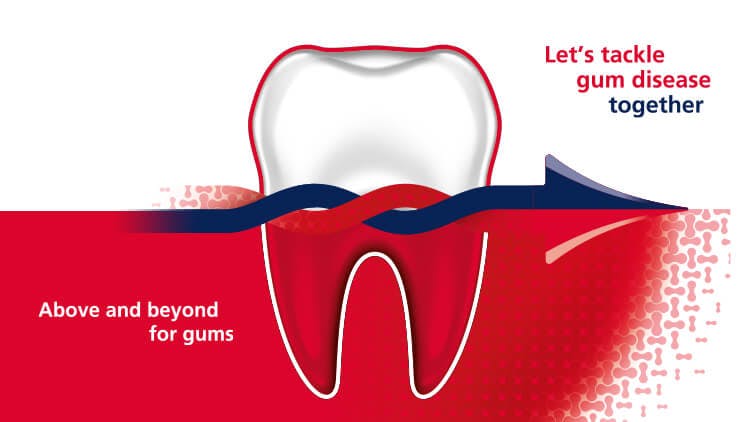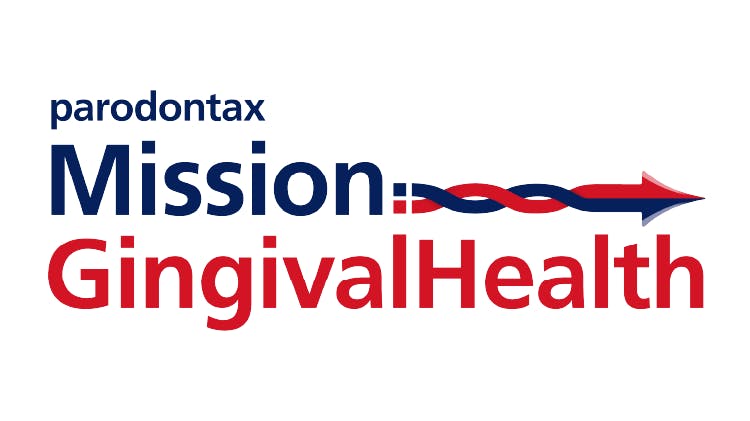Part 1: Barriers to change

Introduction
Periodontal disease continues to be prevalent across the world. The key to achieving fewer incidences and better outcomes is through improving patient oral hygiene behaviour. However, multiple potential barriers exist to patients making these changes, and persuading patients to adopt and sustain beneficial new behaviours can be challenging.
Welcome to the second edition of ‘Mission: Gingival Health’, the series of articles developed to bring topical, thought-provoking content to dental professionals about the challenges presented by gingivitis and periodontitis. In part 1 of this article, we will be discussing the role of correct patient behaviours in preventing gingivitis and managing periodontal disease, and some of the barriers that exist to making these changes. In Part 2, we will move on to talk about some of the tools and strategies to help patients overcome these barriers to make effective, lasting changes to their oral health.
Periodontitis is the sixth most prevalent health condition globally. In 2017, the prevalence of severe periodontitis was 11%1, affecting approximately 796 million people2. Milder forms of the condition affect at least half of the global population.1
Advances have been made in the treatment of periodontitis, but the advantages of preventing it from occurring in the first place are self-evident and supported by the recent report from the Economist Intelligence Unit.3 Reducing dental plaque on the teeth and beneath the gumline is vital in this, and the role of patients’ home care is of paramount importance. However, ensuring that the correct behaviours are carried out requires support and instruction from the patient’s dental team.3
Barriers to change
The behaviours that help to prevent gingivitis are the good oral health habits that you routinely recommend to your patients as a dental professional; cleaning teeth and gums frequently and effectively, optimising exposure to fluoride, reducing sugar intake, and quitting smoking all help prevent the build-up of plaque, reducing the risk of developing gingivitis.4,5 However, even after receiving this advice from the dental healthcare professional, adoption of these behaviours can be highly variable.
It can be deeply frustrating for dental professionals when they see that their gingival healthcare advice is not being followed, with predictable results for the health of their patients. It can even become disheartening.6 It is important though to remember that there are numerous barriers to patients taking advice and making effective behavioural changes, including psychological, social, cultural and economic factors.4,7
What’s next?
In Part 1 of this article, we have examined why patients might be unable or unwilling to modify their behaviour around gum health and treating gingivitis at home. Next, we will consider how to help patients overcome these barriers, and make effective, sustainable changes to their oral hygiene behaviours. Dental health professionals are key to helping them achieve this, and in Part 2 we will be discussing ways you can do this for your patients, and play a part in reducing the impact of periodontal disease across the world.
Additional resources

parodontax overview
Discover more about our global commitment to the prevention of gum disease.

Supporting you to help patients on a journey to improved gum health
Find out more about how we can partner with you to support a change in patient behaviour to harness the power of daily oral hygiene between dental appointments.

Mission: Gingival Health
This space has been created and designed for you where you will find the latest news in gingival science, insights and commentary from thought leaders, conferences and events.


